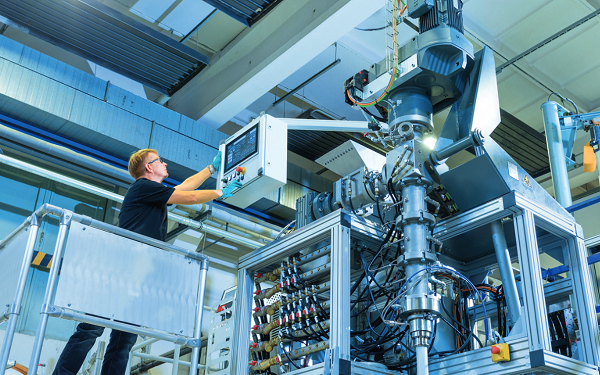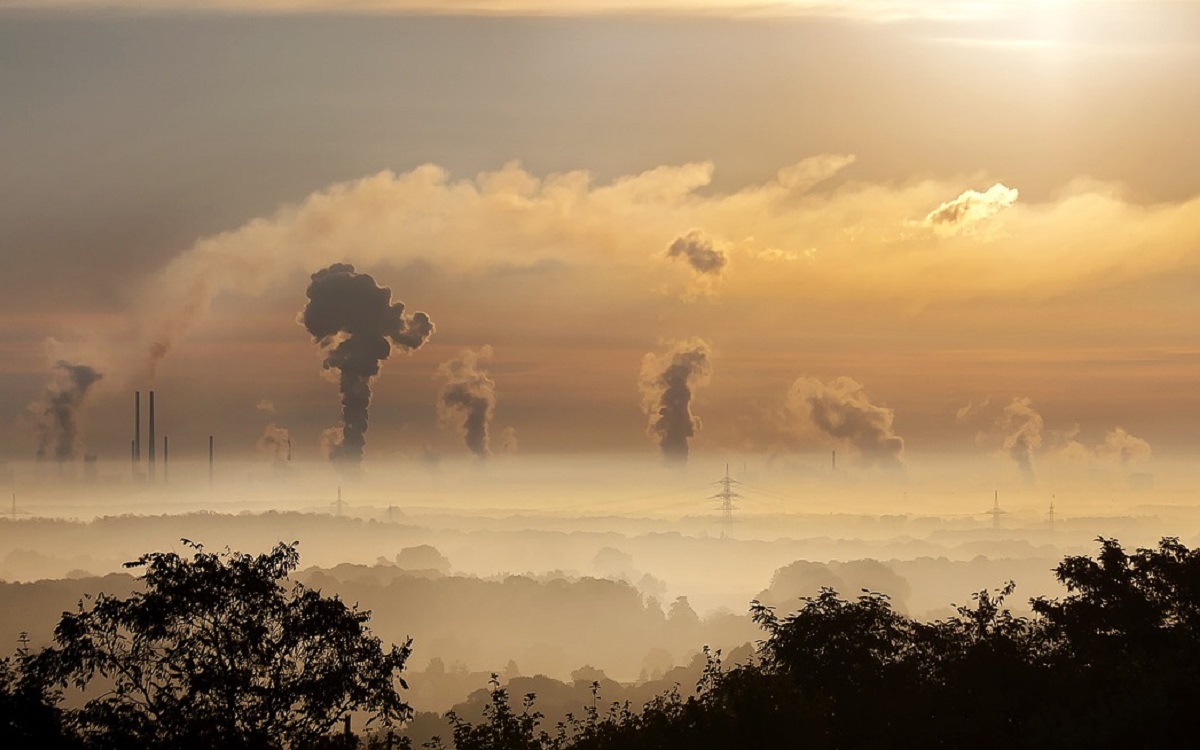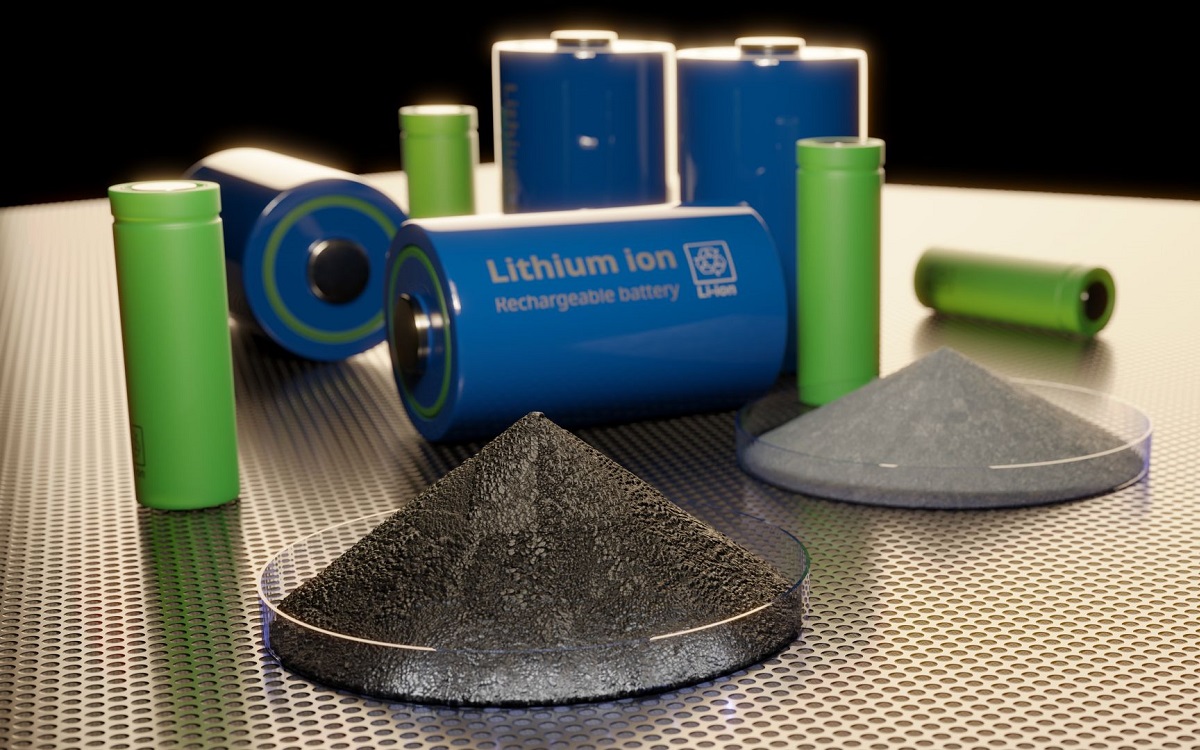The process industry is the innovation engine of the global economy and a driving force for numerous branches of industry. The center stage with current technology trends is the ACHEMA trade fair. Fraunhofer IKTS presents its research in the field of separation techniques with ceramic materials in hall 4, booth D3.
The Institute at the ACHEMA Congress
At Fraunhofer IKTS, materials, technology and process expertise converge to enable complex, energy-efficient process engineering systems. Ceramic membranes, filters, adsorbents and catalysts play a central role in gas treatment and water treatment processes. In addition, ceramic membrane processes are combined with innovative materials to create new reactor concepts. At ACHEMA, Fraunhofer IKTS will also participate in the congress with presentations.
Highly efficient power-to-X processes
When it comes to the necessary reduction of industrial CO2 emissions, so-called power-to-X processes are of crucial importance, as they allow the use of renewable energies for the production of various chemical products. This is done by coupling electrolysis to provide hydrogen with a product synthesis stage.
This route can be used to produce synthetic fuels, including for the aviation sector, as well as important basic chemical products. Possible target products include carbon-containing raw products for the chemical industry, which can be further processed into plastics products and cosmetics, for example, as well as compounds such as ammonia – a key basic material for the production of fertilizers. Due to the broad transformation of the entire energy system and the associated increase in demand, renewable electricity will continue to be a limited resource in the longer term.
This results in the need to use processes that are as highly efficient as possible. At the same time, costs should also be minimized when converting to a renewable energy system. Therefore, before a technical implementation, the most efficient and economical process routes for the implementation of power-to-X processes should be identified.
For this purpose, various tools for energetic and economic evaluation are used at Fraunhofer IKTS. With the help of process simulations and experimental data from demonstration plants, a technical evaluation of different process routes is carried out. In addition to technical maturity and feasibility, special attention is paid to efficiency.
Permanent monitoring of pipelines
Corrosion, deposits, biofilms, fouling or other foreign matter impair the integrity of pipelines to the point of destroying them. Especially very long pipeline networks are maintenance-intensive. With the CoMoRanger Fraunhofer IKTS offers a monitoring system for corrosion-prone components with difficult accessibility.
The system detects flaws and continuously determines the residual wall thickness in the case of surface corrosion on pipelines laid above ground, underground or even vertically. For this purpose, sensors are adapted to a monitoring object by means of steel tape and remain there permanently.
The system sends low-frequency ultrasonic waves, so-called guided waves, into the pipelines. These propagate there almost undamped, so that even extensive structures can be inspected from one location. This reduces the inspection effort in terms of measurement time on the one hand and accessibility requirements on the other. CoMoRanger features easy installation and reduces the effort required for recurring routine inspections as well as predictive maintenance measures. If no defect is detected, unnecessary excavation work, coating removal or scaffolding installations are avoided. This leads to a reduction in operating costs.
Decentralized production of pure oxygen
Fraunhofer IKTS is one of the leading research institutions in the field of separation techniques using ceramic materials. In the area of O2 separation from air using mixed ionic-electronic conducting ceramic membranes, IKTS is the only supplier of commercially available membrane modules and pilot plants with technically relevant capacities. The device concept and the patented process management are aimed at minimum operating costs and a long service-life.
The ceramic membranes are based on readily available raw materials. By using thin-walled membranes, the required material quantities have already been minimized and the oxygen output increased. The manufacturing process used is extrusion, which has a high potential for further cost reduction for large quantities. Any residual material resulting from the production process is completely recycled.
The membranes incorporated tolerate high heating and cooling rates or thermal stresses, so that membrane systems can be implemented with short start-up times. If required, stand-by operation and a variation of oxygen output of approx. 10 to 200 % compared to normal operation is possible.
While established processes require all energy as electricity, MIEC membranes can be heated by burning of gas or by waste heat from high-temperature processes. The electricity requirement is then only 40 % of a large industrial air separation plant. In addition, there are further significant operating cost savings as the gas price is often only a quarter of the electricity price. Another advantage is the reduction of CO2 emissions. Conventional electricity production generates significantly more CO2 per kWh than gas combustion.
About Fraunhofer IKTS




